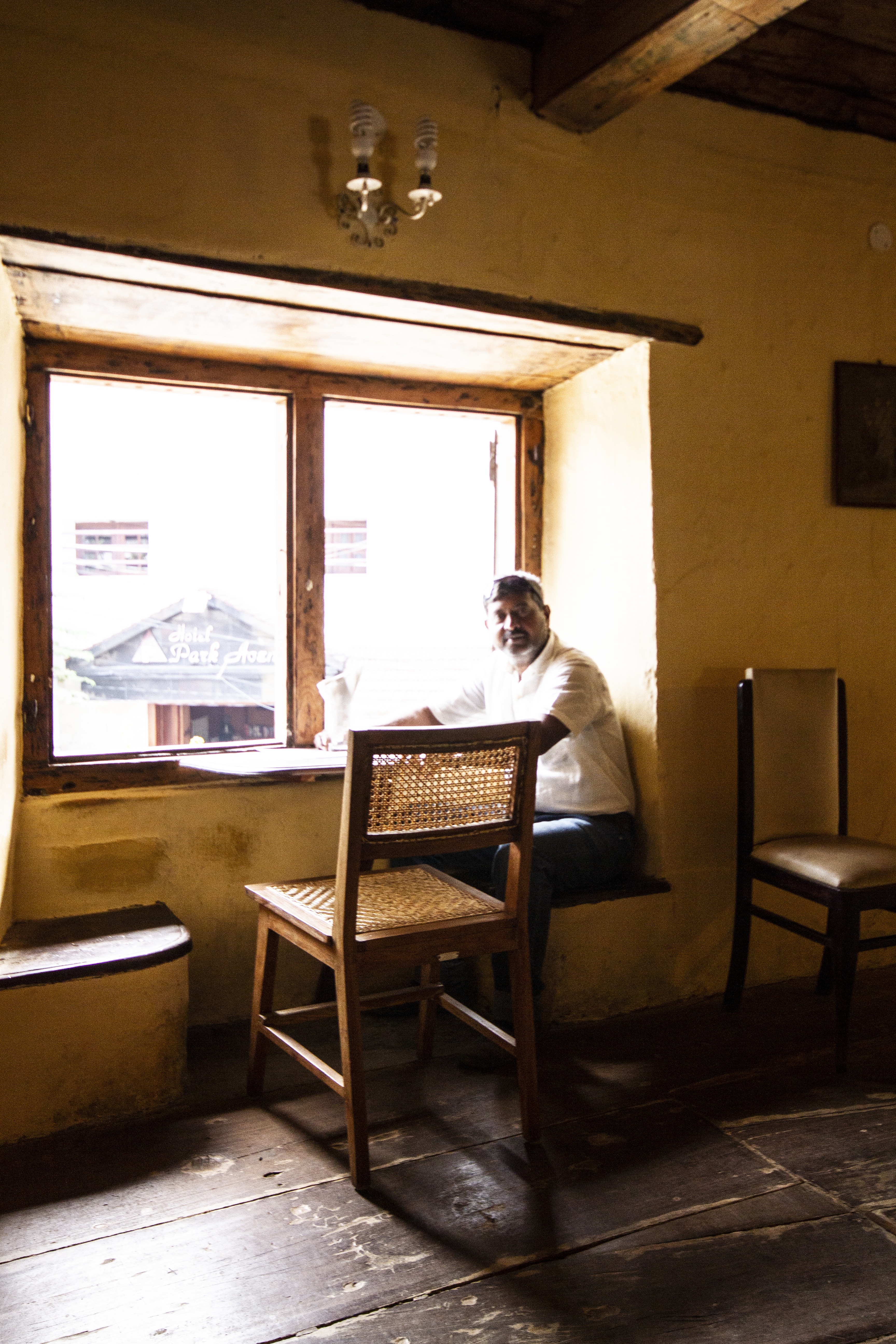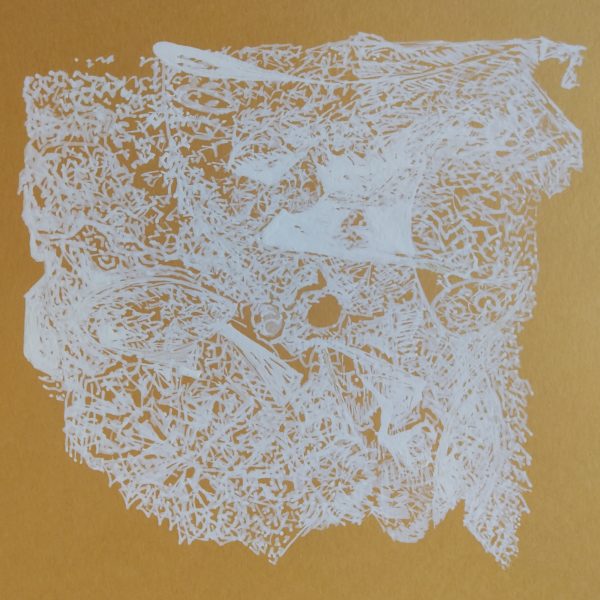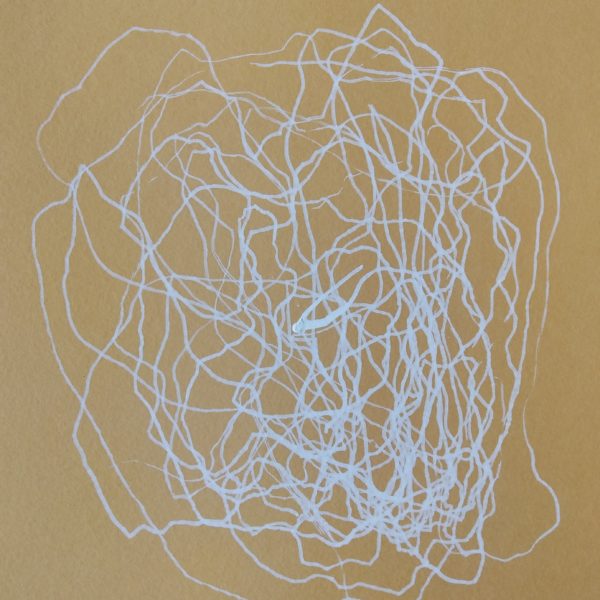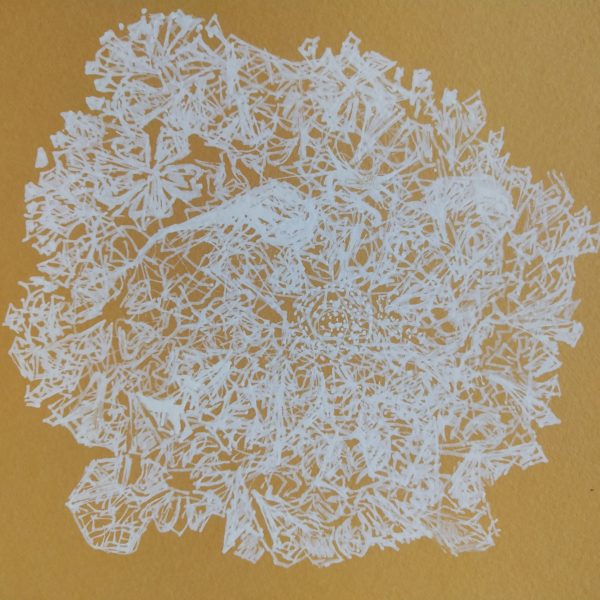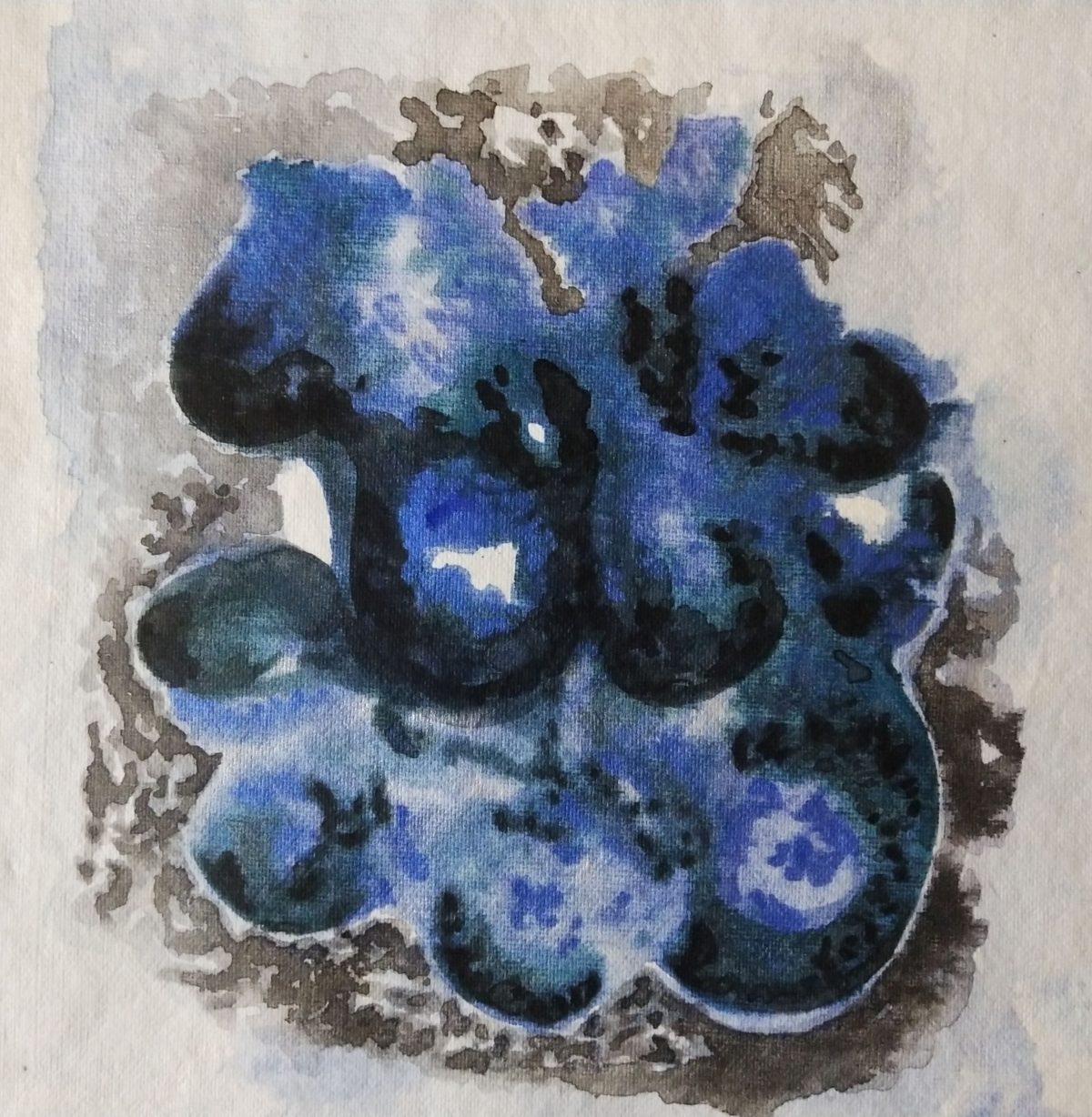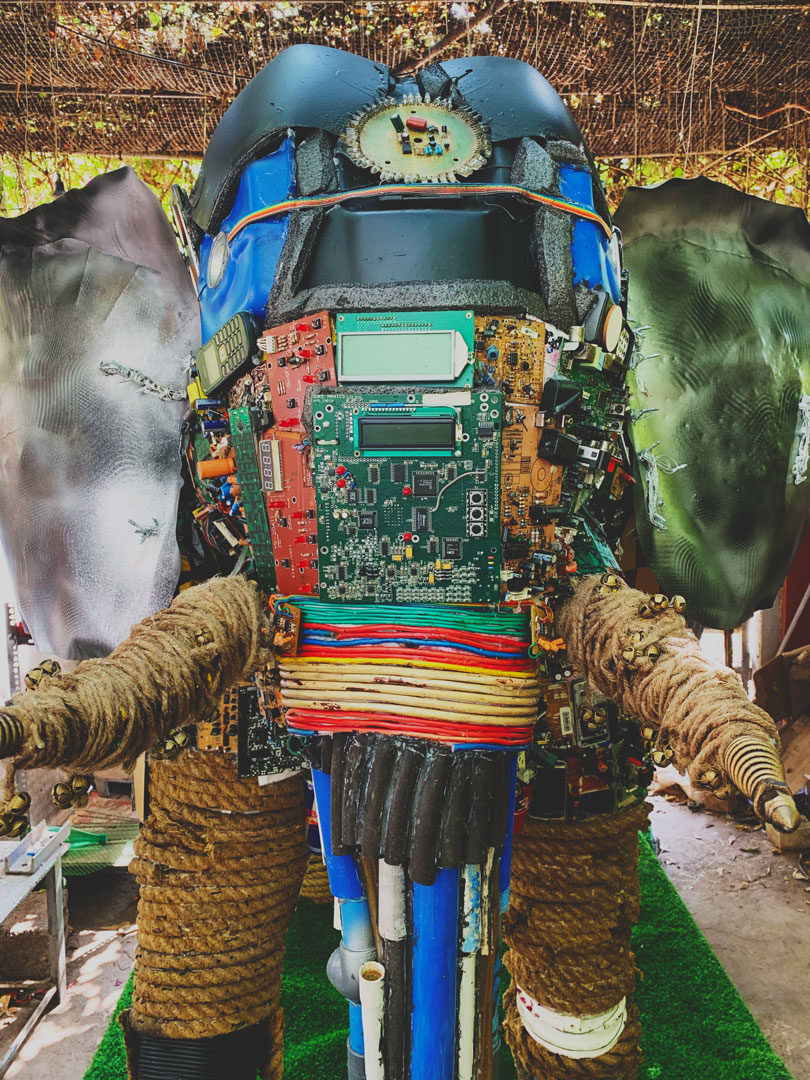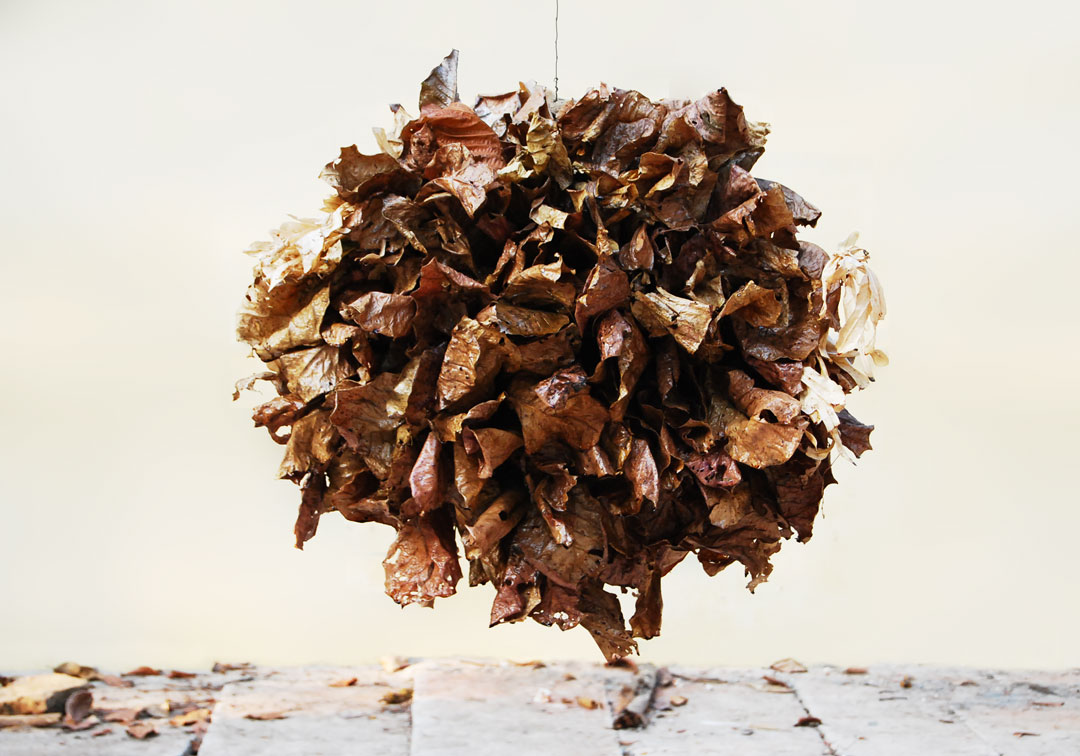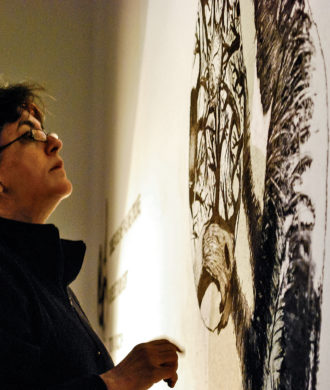Jacob Jebaraj, An Artist’s Nature
Jacob Jebaraj believes in nature like a monk believes in meditation. His art becomes a medium to indulge in that love affair. He composes his works as a sculptor, perhaps an influence from his early years surrounded by his father’s seminal works. His father Richard Jesudoss was a distinguished sculptor, teacher, abstract artist, living and practising art till his last days at the Cholamandal Artists Village. So growing up amidst that heady art-cocoon that was the legendary Madras Art Movement (as a second-generation artist) is bound to hardwire the artist’s way of living into one’s life.
Drawings on paper
At the onset of an idea his hands move in the air like a dancer, and with his eyes closed, he teases out his concept first, and as the beginning of a smile spreads across his face you know that he is closer to contextualising his idea, or as they say – giving it wings. It is only once this idea of his art surrounds him that he starts putting it into paper or canvas or metal or plate or found objects. It is a very immersive and indulgent process to observe. But like offering a prayer, a big part of his art is in its preparation; you move within the sacred spaces and become one with the stillness before the light is lit.
With each series, Jacob’s oeuvre has grown. From sculpting scraps to absorbing the hills and trees into metal plates, he has dabbled further into the realms of mysticism and nature.
His early works with pop culture iconography stencilled over washes of vibrant colours over the gleaming shine of gold plates are quite trippy. It is that rare art you can gaze into for hours, appreciating hues and textures you didn’t notice earlier. Then there are his large-format mixed media works with wild, fantastical creatures tenderly laying in a siege on his canvas. I have imagined them to be inspired by amazonian beings whom Jacob drew in the studios of Hilma Af Klint. In his recent small-format prints, his palette has been minimal, even stark at times and the subjects (leaf, twigs, webs of bark, the spread of rust on a sheet, fruit stains on the skin) have almost only whispered their presence into his paper. The kindness with which he witnesses and nurtures his environment is celebrated in these works.
Over the years as his work has evolved and his leanings towards newer materiality has developed exponentially. However, there is a single thread in his abstractions that offers his works (across mediums) a signature quality. For you can spot a Jacob from afar. And hanging in the gallery his work at first glance is always a melange of harmonious chaos, but as one goes closer, you connect with the work as emotions emerge to build silhouettes and shadows. It is here that the depth of his art confronts you.
His work is squarely anchored on nature, its elements (earth, wind, fire, air), on what is sacred to him (spirituality) and of the noise and voice that surrounds us and amuses him (pop culture). His site-specific artworks also follow these themes. Be it the installations commissioned by the Indian Railways (made of discarded train parts), or for Vayu Jal (where he used a labyrinth of waterworks to reflect upon the need to conserve water), or the creation of the Gentle Giant elephant (made mostly out of e-waste for the Kochi Biennale conferences under the aegis of the Material Recycling Association of India). These works have all kickstarted a series of responses in his works which he continues to pursue. These works speak of his ideology, his credo to reclaim, recover, renew.
An ardent serigrapher, Jacob’s works analyses how news or information is seen through the lens of energies. How the yin and yang of life interpret modern realities and shapes the topography of our lives. This dance is stamped on his prints. The artist believes in this obscurity that is soaked into our being. He finds it essential to create a friction that will let the light seep into our soul.
He is currently raising an ambitious new studio near the sandy beaches of Mahabalipuram. He envisions an estate which lets the land be how the creator intended, where artists will co-exist with nature and creativity could flourish amidst its burnt sands, wild insects and the unrelenting skies. Jacob is curating a space that stresses on the idea of letting nature be. This place will inspire one to take that slow, undisturbed pause, to reflect upon the ordinary moment so that it can open its fullness to art’s expression.
Jacob continues to work on his art daily despite the rigours that come with constructing his vision. And one hopes that the larger art audiences will take more notice of these brilliant artists who live in the umbrae of the Indian coast to truly understand the vivid arts-scape the region has to offer.


